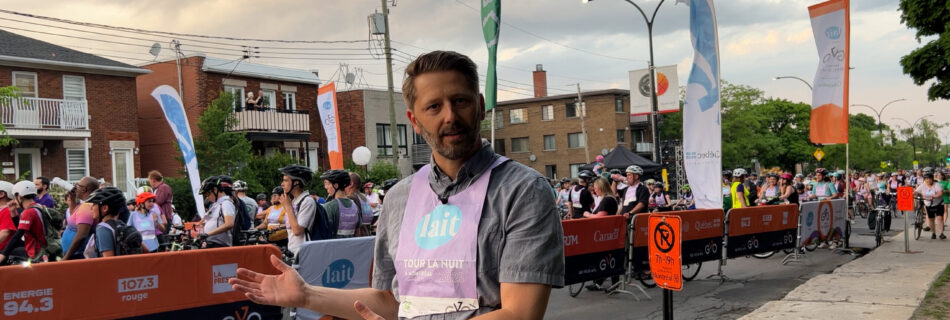Five easy ways to reduce bike theft in your community
Help redesign this street so it’s better for all users
A bike exploration exposing why stroads are so bad in North American cities
There’s a route in my city that I’ve hated for years. It’s bad to drive on. It’s bad to ride a bike on. It’s bad to walk on. But I never could really put my finger on why it was so loathsome until I read the new @Strong Towns book Confessions of a Recovering Engineer: …
Read more “A bike exploration exposing why stroads are so bad in North American cities”
Five ways cities fail in accommodating winter cycling
A few weeks ago, I made a video about mistakes that newbie winter cyclists make. But the things we can do individually is only part of the equation. Of even more importance to winter cycling is the things our cities can do to make winter cycling work. Unfortunately, cities don’t always get it right. So …
Read more “Five ways cities fail in accommodating winter cycling”
Eight mistakes new winter bike commuters make and how to avoid them
Riding a bike through winter can be a challenge, but there’s no need to miss out on the pleasures and benefits of riding in winter. So, after doing it badly for years, I’ve compiled a list of mistakes that I (and some other people) have made over the years with the hopes of helping you …
Read more “Eight mistakes new winter bike commuters make and how to avoid them”
Should you listen to music while riding a bike?
A viewer emailed recently with a question I had long pondered but never actioned: Is listening to music on a bike a good thing? If so, how? I have never worn headphones while riding, always assuming that it was terribly unsafe to plug your ears while riding city streets, so I had no answer. So …
Disconnected bike routes aren’t just annoying. They’re ruining our transportation potential
If your city is like mine, there have been many initiatives over the years to improve its bike-friendliness, from painted bike lanes to pathways to separated bike lanes. But if you’re city is really like mine then many of those routes remain islands unto themselves, disconnected from each other and untethered to a more comprehensive …
Pedal-power or dynamo battery? The best type of bike light
There are, generally, two types of bike lights. In North America, where most bikes are built for speed rather than practicality, lights are often an aftermarket product, powered by rechargeable batteries and affixed to handlebars and seatposts. But there is another way, common elsewhere, to stay lit up while riding by integrating lights that are …
Read more “Pedal-power or dynamo battery? The best type of bike light”
Eight mistakes new bike commuters make that can be easily avoided
If, like me, you live in a city that is not very bike-friendly, bicycle commuting can sometimes be intimidating. But bike commuting is an amazing way to improve your life, so I thought I’d share a few tips I picked up over the years the hard way. Hopefully, this video will help you avoid some …
Read more “Eight mistakes new bike commuters make that can be easily avoided”

